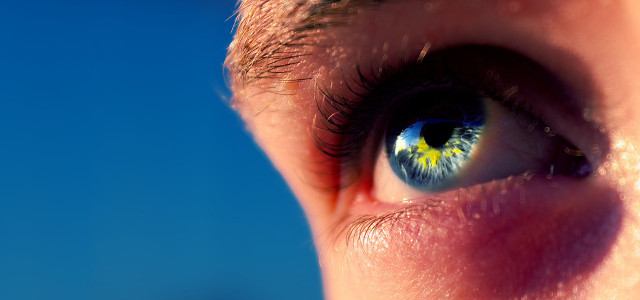
Snow blindness does not only occur when skiing on the slopes. The cornea can become inflamed whenever it is exposed to too much radiation. Learn how to treat and prevent snow blindness here.
We should not only protect our skin from strong UV radiation, but also our eyes. Otherwise there is a risk of what is known as keratoconjunctivitis photoelectrica: an acute inflammation of the cornea and conjunctiva of the eye. Because it often occurs due to light reflections off snow, it is also called snow blindness. But other situations can also trigger inflammation.
Development and symptoms of snow blindness
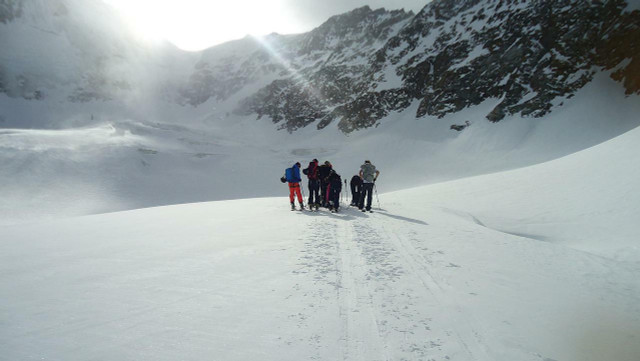
(Photo: CC0 / Pixabay / evsupertramp)
When UV radiation hits the cornea of the eye, it absorbs a large part of the sun’s rays to protect the sensitive inner anatomy of the eye. This is made possible by the outermost layer of the cornea, which is wetted with tear fluid and is constantly renewed.
However, if the radiation is too strong, it can happen, as with classic sunburn, that the outermost layers of the cornea of the eye are literally “burned”. They swell up, causing the dying cells to wear away uncontrollably. As a result, there are inflammatory reactions that can trigger, among other things, the feeling of having sand in your eyes. In addition, the conjunctiva can become red and swollen. Other symptoms of snow blindness include:
- blurred vision
- Burn
- itch
- Stinging to severe pain as the nerve endings are exposed
- depending on the severity of the inflammation, blindness lasting several days
These symptoms usually only appear a few hours after the unprotected eyes have been exposed to too much radiation.
In what situations can snow blindness occur?
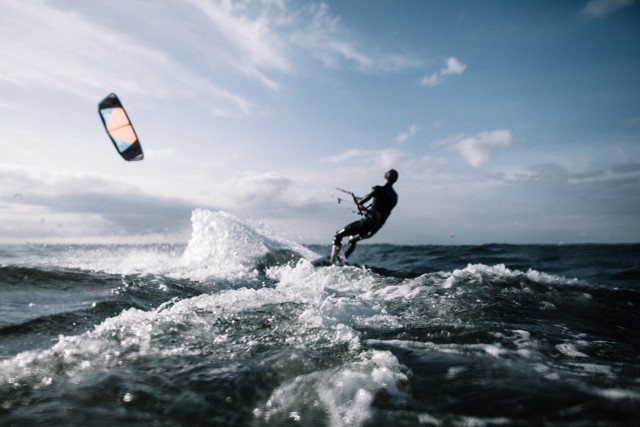
(Photo: CC0 / Pixabay / Pexels)
The name says it all: snow blindness often occurs when light rays are strongly reflected by a white layer of snow and then hit the cornea. Therefore, people who ski or toboggan with unprotected eyes, for example, are particularly at risk of becoming snow blind.
But snow blindness can not only occur in winter and when there is snow, but whenever the exposure to radiation is increased: In summer, light sandy beaches can also reflect the light strongly. On the water and at high altitudes there is also a risk of snow blindness.
Course and treatment of snow blindness
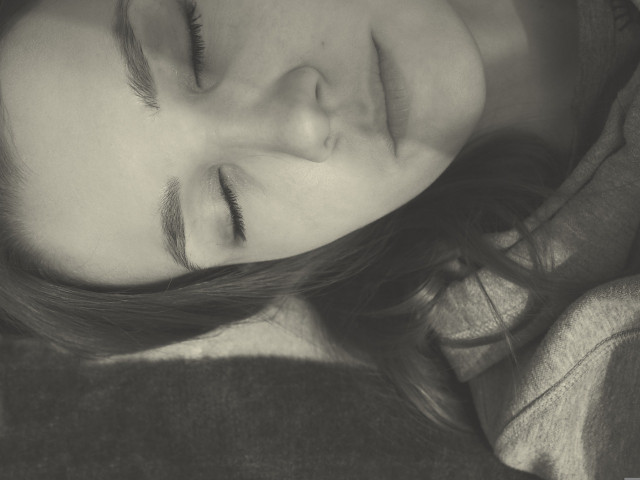
(Photo: CC0 / Pixabay / Pexels)
Minor burns usually heal in a day or two without leaving any long-term damage. In such cases, the cornea can shed the dead cells to such an extent that it is completely renewed. If, on the other hand, the cornea is severely inflamed, it can scar, which can permanently impair vision.
At the first signs of snow blindness, you should avoid further direct sunlight and withdraw to a darkened room. Even if your eyes are itchy, burning, or have a foreign body sensation in them, it’s important not to scratch or touch your eyes. This could otherwise promote further inflammation. For initial relief, you can place a damp cloth on your closed eyes.
You should then always have a doctor take a look at the injured cornea. This is important to prevent complications from further infection of the damaged tissue. You will receive antibacterial eye ointments or drops for this. If necessary, an eye bandage will be applied to you. Medications can relieve severe pain.
Avoid snow blindness
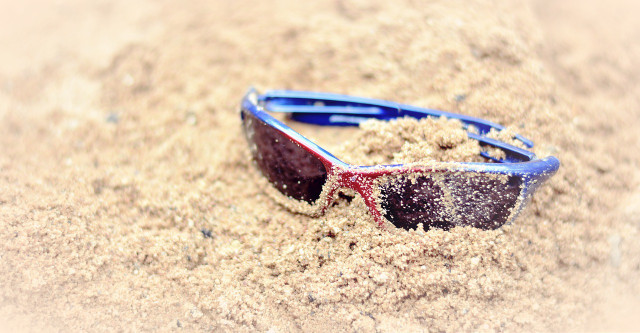
(Photo: CC0 / Pixabay / congerdesign)
In order to avoid snow blindness in the first place, you should heed the following tips in situations with high exposure to radiation:
- Wear appropriate sunglasses. It should be labeled “UV400” or “100 percent UV protection”.
- Use special glacier goggles when you are in high mountains or on glaciers. Thanks to protective screens, these also shield the light from above, below and from the side.
- Wear appropriate protective gear when welding.
- If you go to the solarium, you should use the goggles provided there. It’s best to avoid tanning beds altogether. Dermatologists also advise this for reasons of skin protection.
Read more on Techzle.com:
- Conjunctivitis: home remedies that really help
- Dry eyes: tips and which home remedies help
- Eye training: effect and exercises for everyday life